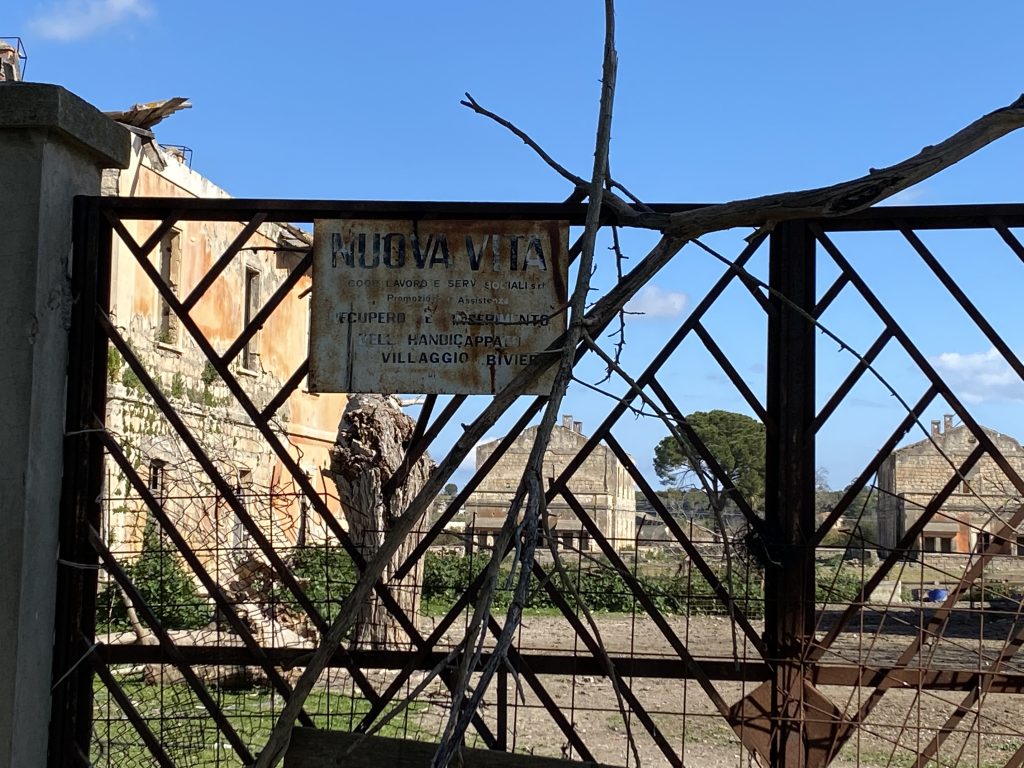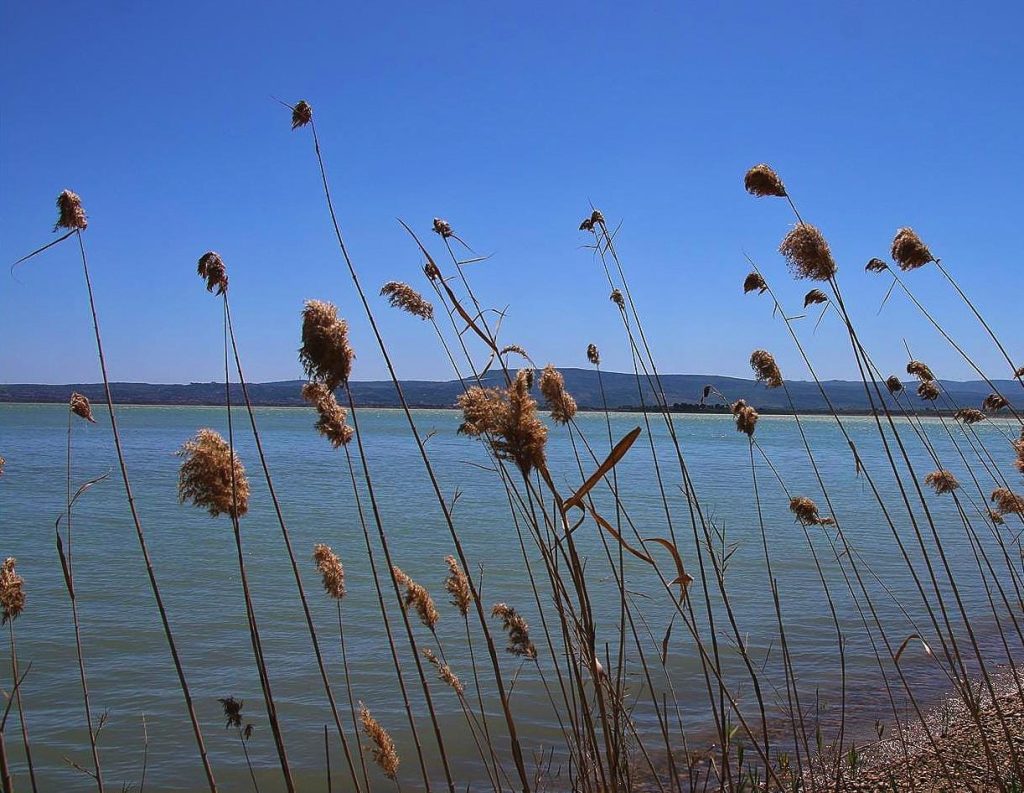The beautiful Sicilian lake most people cannot visit
In the sunny plain of Catania, dried out by heat and drought, not everyone knows that there is a semi-artificial lake with a capacity of 127 million of cubic metres of water. At the border between Siracusa and Catania there is the Biviere (ʻfish farmʼ from the Arabic) of Lentini, with its rough and still unsolved story. Despite its natural beauties and landscapes, now it is hard visiting the place due to its bad conditions and complex bureaucratic procedures.
MYTHICAL ORIGINS. According to the classical tradition, reported by the historian Diodorus Sicilus, the reservoir was excavated by Heracles, who fell in love with that land as soon as he saw it. However, one wonders if today the demigod of mythical strength would fall in love with it again if he were to see its condition. Tourists venture into the Biviere are bound to find a barred gate with faded signs and, if they dare venture past it, they are greeted with the sorry spectacle of abandoned appliances and furniture scattered among the trees.

RECOVERY AND DESERTION. The story of the Biviere of Lentini has never been straightforward. Since its actual origin, which dates back to the Middle Ages, the lake fostered by barrier of the river Trigona-Galici was a discussion topic between those that wanted to eliminate it to obtain a land property and others who wanted to preserve it. That discussion continued until the XX century. Among the most persuasive arguments for its removal, the risk proliferation of the anopheles mosquito, a carrier of malaria. Giovanni Verga himself warned about it in his novella La Roba, where the author imagined a man wandering near the lake: “He walks and walks, while malaria weighs on his eyes”. After the Novelle Rusticane of 1883, it is necessary to wait another fifty years for a change in public perception: in 1931 baron Beneventano, a local nobleman, successfully pushed for reclamation works to begin. An endeavor Mussolini’s regime south to complete by building a houseroom for fishermen involved in the project. Thus, village Bardara was created, only to end up in abandonment a few years later and until today, except for a brief attempt to transform it into a community for the disabled during the ‘70s (known as “New Life”).
SIGONELLA DISASTER. After a series of unfortunate events, in 1984, when the lake was back in health, a US army airplane, departed from the air base of Sigonella, fell close to the Biviere. According to the studies by Elio Insirello, professor of molecular genetics at the University of Messina, it proved a compatibility between depleted uranium, dispersed after the crash of the aircraft, and the high incidence of leukemic disease of inhabitants. A tragic episode that, some believe, U.S administrations tried to hide the from the Italian authorities. The result of this chain of disasters is the current state of neglect of the Biviere area, which is left in the hands of farmers, who have taken possession of the farmhouses as shelter for flocks. While all around is an open dump and the lake remains mostly inaccessible.

RECOVERY ATTEMPTS. However, there are those who are trying to shake things up to make the lake an accessible tourist attraction such as Cooperative Badia Lost&Found, a group of professionals wishing to promote cultural heritage in Catania and Siracusa. “As luck would have it, ‒ said Giorgio Franco, founder and manager of the Cooperative ‒ the management of the Biviere has been entrusted to the Department of Water and Waste by Regione Siciliana, that is, a strange combination”. This situation has complicated an already difficult context: “This is the reason why you can’t get to the lake and visit it. You must first request an application from the Region, with a 15 days’ notice, whether you organize a public or a private visit. This little known bureaucratic process makes the lake inaccessible to last minute visitors”. Hence, the hope of Giorgio Franco for an increased collaboration between public institutions and private organizations. “The lake is the location of important events of sport fishing and we would like to open it more often. The maintenance staff is already there and so there is no reason to keep it closed”, said the manager of the Badia Lost&Found.
Translated by Daniela Marsala



